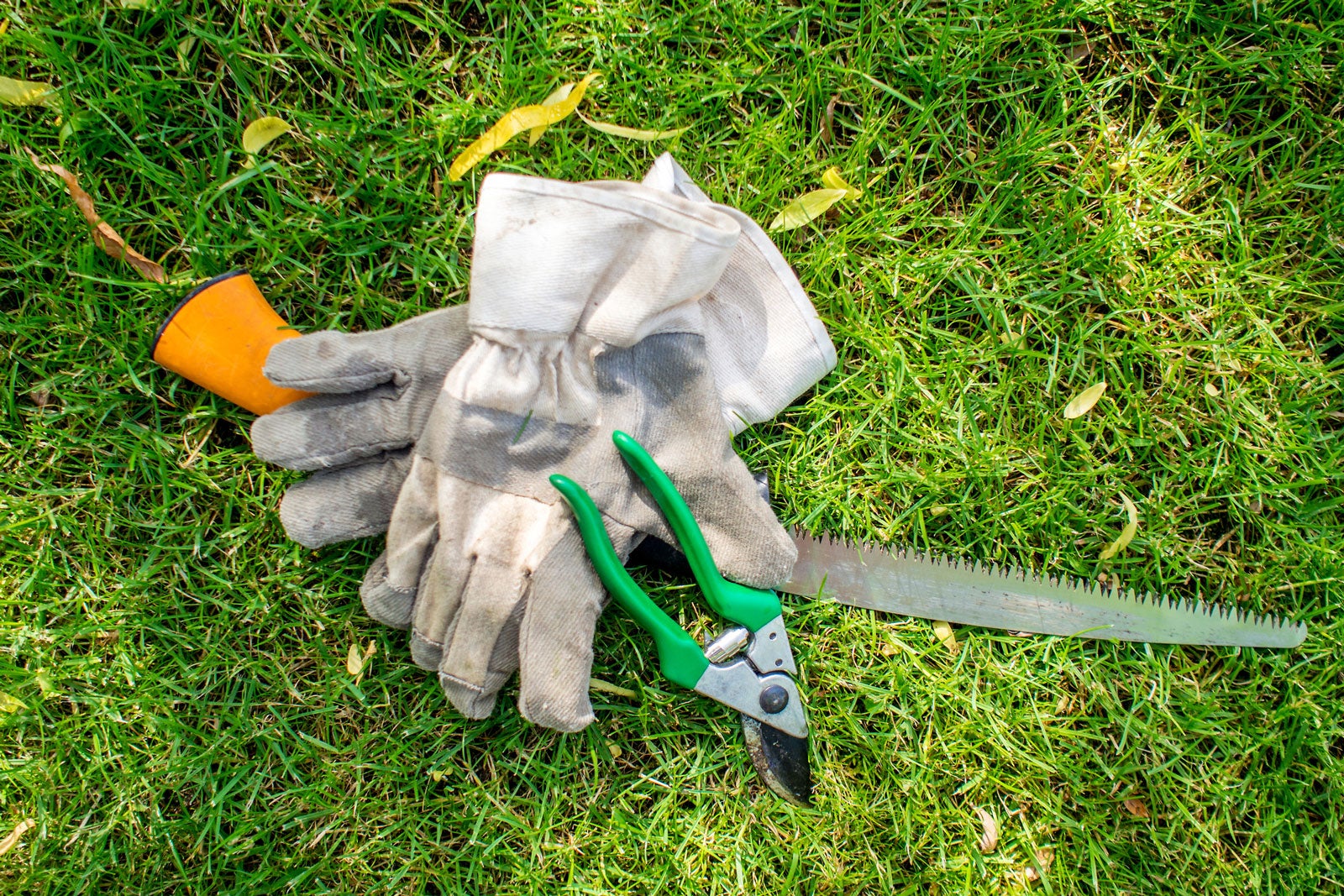Sterilizing Pruning Tools: Learn How To Sterilize Pruning Tools


When plants display symptoms of disease, it’s a good idea to prune out the diseased, damaged or dead plant tissue. However, disease pathogens can catch a ride on your pruners or other tools, possibly infecting the next plant you use them on. Sterilizing pruning tools between uses can help prevent the spread of diseases in the landscape. Continue reading for helpful suggestions on how to sterilize pruning tools.
Pruning Tool Sterilization
Many gardeners ask, “Do you need to clean garden tools?” To maintain proper function, prevent rust and reduce the spread of plant diseases, garden tools should be kept clean and frequently sanitized.
After each use, soil, sap and other debris should be cleaned off garden tools. Rinsing or washing pruners regularly will not prevent the spread of many different plant diseases. For this reason, we recommend regular pruning tool sterilization. To sterilize pruning tools, their cutting parts are usually dipped, soaked, sprayed or wiped with a disinfectant known to kill off plant disease pathogens.
Different disinfectants work better on certain plant diseases than others. Some disinfectants may kill off plant pathogens but can also be harmful to the tools and unhealthy to the handler.
When Do You Need To Clean Garden Tools
Whenever you see any signs or symptoms of disease on a plant, you should sterilize any pruning tools you have used. Oftentimes, orchard growers will carry a bucket shallowly filled with disinfectant to dip or soak pruning tools in between cuts or plants.
If you are pruning several shrubs or trees, this bucket method prevents the spread of disease from plant to plant and also allows you to carry all your tools easily. Though some retailers of garden tools sell specialized sanitizers, most gardeners and growers use common household items when sterilizing pruning tools. Below are the most common disinfectants used for pruning tool sterilization, as well as their pros and cons.
Bleach – Bleach is very inexpensive to use as a garden tool sanitizer. It is mixed at a ratio of 1 part bleach to 9 parts water. The tools, or at least the tool’s blades, are soaked in the bleach water for thirty minutes, then rinsed and hung to dry. Some cautious gardeners will even dip their pruner blades in bleach and water between each cut while pruning prized plants. The problem with bleach is that it gives off harmful fumes and it will damage the metal, rubber and plastic of some tools in time. It can also damage clothing and other surfaces.
Gardening tips, videos, info and more delivered right to your inbox!
Sign up for the Gardening Know How newsletter today and receive a free copy of our e-book "How to Grow Delicious Tomatoes".
Isopropyl Alcohol – It is also inexpensive to use 70-100% isopropyl alcohol to sterilize pruning tools. No mixing, soaking or rinsing is necessary with alcohol. Tools can simply be wiped, sprayed or dipped in isopropyl alcohol for immediate effectiveness against most pathogens. However, it also has unpleasant harmful fumes and can be flammable. Still, most experts recommend isopropyl alcohol for sterilizing garden tools.
Household Cleaners – Lysol, Pine Sol and Listerine are sometimes used to sterilize pruning tools. While they are a bit more expensive than bleach or rubbing alcohol, they are usually diluted to use in pruning tool sterilization. However, the effectiveness of these products on plant pathogens has not been scientifically determined, although many gardening experts recommend using these common household products for sterilizing pruning tools. Some household cleaners can be corrosive to garden tools.
Pine Oil – Pine oil is non-corrosive and not expensive. Unfortunately, it is also not effective against many plant pathogens. One part pine oil is mixed with 3 parts water and tools are soaked in the solution for 30 minutes. Whichever sterilizing product you choose to use, be certain to follow the label’s safety precautions.